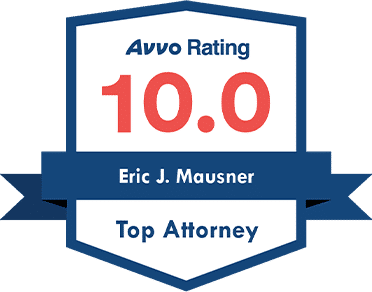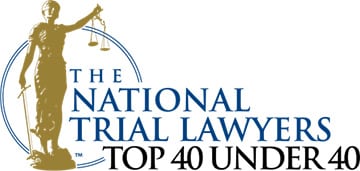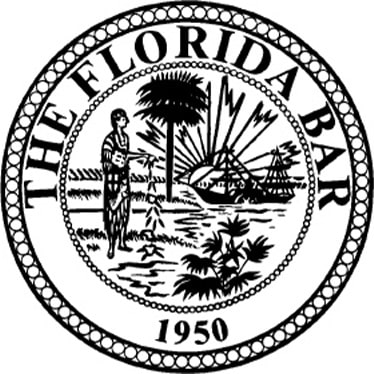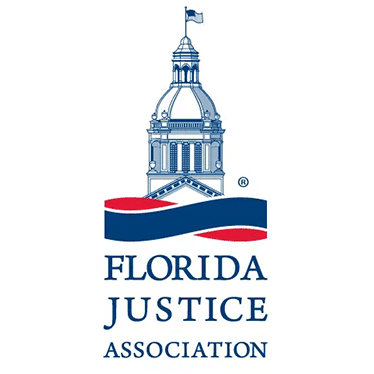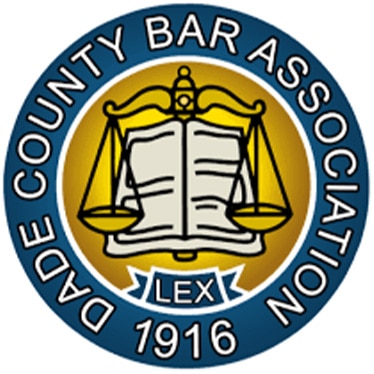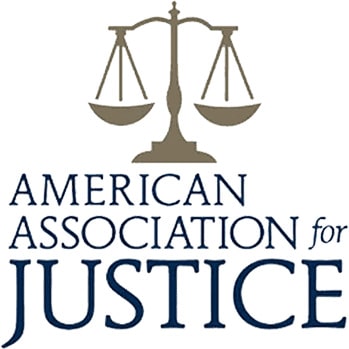In 2023, Florida reported nearly 2,100 human trafficking cases, making it one of the top states for this crime in the U.S. This article examines Florida human trafficking statistics, shedding light on the types of trafficking, affected demographics, and the efforts to combat this crisis.
Key Takeaways
- Florida is the third highest state for human trafficking cases, with over 2,100 reported cases in 2023, a majority involving children.
- Sex trafficking is the predominant form of human trafficking in Florida, with technology exacerbating the issue by enabling traffickers to groom and exploit victims online.
- Florida is actively combating human trafficking through newly formed specialized law enforcement units, legislative reforms, community outreach programs, and initiatives aimed at raising public awareness and supporting victims.
Florida’s Ranking in Human Trafficking
Amidst the United States, Florida ranks as a battleground in the fight against human trafficking, trailing only behind California and Texas in the prevalence of this heinous crime. With nearly 2,100 human trafficking cases reported in 2023, the state’s ranking paints a sobering picture of the challenges at hand. Alarmingly, a staggering number of these cases—over 1,600—involved innocent children, a demographic particularly susceptible to the manipulations of traffickers.
The state’s bustling tourism industry, synonymous with its picturesque beaches and iconic theme parks, unwittingly serves as a catalyst for traffickers to exploit and ensnare victims. It’s a harsh truth that behind the allure of Florida’s tourist attractions lies a dark undercurrent of exploitation within the country.
Reported Cases in Miami-Dade County
Zooming in on the epicenter of human trafficking in Florida, Miami-Dade County stands out with a distressing distinction. Here, the number of reported cases reached 222 in 2023, a figure that encapsulates both sex and labor trafficking. This prevalence is not limited to transient populations; a staggering 67 percent of victims are local residents, individuals who may walk the same streets and frequent the same places as any of us.
Miami’s vibrant energy and cultural diversity, while a source of pride, also make it a focal point for traffickers to blend in and exploit the community from within.
Breakdown of Human Trafficking Cases by Type
In Florida, the human trafficking dilemma manifests primarily in two forms: sex trafficking and labor trafficking. While both are appalling violations of human rights, sex trafficking is notably more prevalent, casting a long shadow over the state. Labor trafficking, though reported less frequently, remains a significant issue with its own set of harrowing challenges.
Each type of trafficking presents unique circumstances and victims, and understanding the breakdown is crucial to tailoring our response.
Sex Trafficking
Sex trafficking, the most reported type of human trafficking in Florida, is a scourge that disproportionately affects girls and women. In 2021, 574 cases were reported to the Human Trafficking Hotline, with a staggering 80% involving female victims. These victims, often young girls, face a harrowing initiation into the world of trafficking with the average age of first exploitation ranging from 11 to 17 years old.
The digital age has exacerbated this crisis, with 88% of sex trafficking cases involving online platforms as mediums for predators to groom and ensnare their victims. The severity of their plight is further underscored by the chilling statistic that victims may be sold for sex up to 40 times a day, leading to an average life expectancy of just 7 years once trafficked.
Labor Trafficking
Contrary to the misconception that human trafficking is solely about sexual exploitation, labor trafficking remains a significant yet often overlooked issue in Florida’s economy. In the fields of agriculture and domestic work, individuals are subjected to forced labor and debt bondage, a modern-day form of slavery. The 2021 statistics show that these industries are the most common venues for labor trafficking in the state, highlighting the need for increased vigilance and proactive measures to protect workers.
Victims of labor trafficking are bound by invisible chains, coerced into working under threat or manipulation, and often find themselves powerless to escape their dire situations.
Victim Demographics
The faces of human trafficking victims in Florida reflect a tapestry of humanity, encompassing a wide array of ages, genders, and nationalities. While the majority of sex trafficking victims are female, it’s crucial to recognize that males and non-binary individuals are also affected by this crime.
To understand the breadth of this issue, we must consider the demographics of those caught in trafficking’s grasp, from the young children lured away from unstable homes to the adults seeking better lives only to find themselves trapped in exploitation.
Children and Minors
Children and minors are tragically overrepresented in Florida’s human trafficking statistics, with over 1,600 cases involving this vulnerable group in 2023 alone. The average age for a child’s first traumatic encounter with trafficking falls shockingly between 11 and 17 years old, signaling a critical need for prevention and intervention strategies. These young victims, often referred to as “child” victims, emerge from backgrounds marred by abuse or neglect, making them easy targets for traffickers who exploit their search for stability and affection.
Florida has taken legislative steps to combat this, with laws mandating education on the signs and dangers of human trafficking in residential treatment centers and foster homes.
Adults
Adult victims of human trafficking in Florida often find themselves at a crossroads of vulnerability and desperation. Economic hardships and social vulnerabilities serve as the backdrop for many adults who fall prey to false promises of employment or improved living conditions. Traffickers exploit these desires, offering a lifeline that quickly traps individuals in a cycle of exploitation and coercion.
It is a grim reality that affects not only women but men as well, and the fight against trafficking must address the diverse situations that lead a person to become a victim.
Contact us today for your free & confidential case review. Our team will help you get the compensation that you deserve.
Law Enforcement and Community Response
In the face of this multifaceted crisis, Florida’s law enforcement agencies and community organizations have forged a united front. Specialized units, such as Florida’s first-ever statewide human trafficking strike team, exemplify the targeted approach adopted to dismantle trafficking networks.
These efforts are bolstered by an alliance with community organizations that provide vital support services, such as housing and counseling, to survivors of human trafficking.
Arrests and Prosecutions
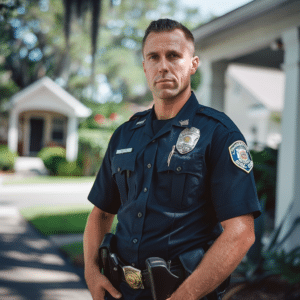 Encouragingly, the tireless work of Florida’s law enforcement is reflected in an uptick in arrests and prosecutions related to human trafficking. In 2021, 137 offenses were reported, bringing to light the pervasive nature of commercial sex acts within the state.
Encouragingly, the tireless work of Florida’s law enforcement is reflected in an uptick in arrests and prosecutions related to human trafficking. In 2021, 137 offenses were reported, bringing to light the pervasive nature of commercial sex acts within the state.
Notable cases, such as the sex trafficking operation allegedly led by Lina Payne, have resulted in significant arrests, and the ongoing investigation by the strike team continues to seek out those responsible.
The Office of Statewide Prosecution’s commendable near-100% conviction rate sends a powerful message to traffickers that Florida is relentless in its pursuit of justice.
Legislative advancements, such as mandatory minimum sentences for traffickers using firearms, further reinforce the state’s commitment to holding perpetrators accountable and providing restitution to their victims.
Community Outreach Programs
Beyond the courtroom and police operations, the battle against human trafficking extends into the heart of the community. Outreach programs across Florida play a pivotal role in raising public awareness about the signs of trafficking and providing a lifeline to those in need. Organizations like Selah Freedom reach out to the streets and jails, offering mentorship and case management to guide victims toward recovery.
Gloria Martinez’s initiatives with Take Back the Girls and Tree of Life Parenting Center, specifically targeting trafficked children in South Florida, highlight the localized efforts to protect our youth and disrupt trafficking operations.
The Role of the Human Trafficking Hotline
The National Human Trafficking Hotline serves as a beacon of hope, providing a confidential avenue for reporting and seeking help. In 2021 alone, the hotline received over 50,000 signals, including calls, texts, and online communications, which led to the identification of thousands of human trafficking cases nationwide. Since its inception, the hotline has unveiled 6,168 cases of human trafficking in Florida, underscoring its vital role in connecting victims with the resources they need to escape exploitation.
The hotline’s ease of access and the anonymity it offers are crucial in encouraging individuals to come forward and share information that can save lives.
Recent Reports and Investigations
Recent reports and investigations have shed light on the ever-evolving landscape of human trafficking in Florida. One eye-opening statistic reveals that 70 percent of trafficking victims in Miami-Dade were transported through airports, signaling a need for increased vigilance in these transit hubs.
The National Human Trafficking Hotline’s aggregate statistics serve to:
- Inform and refine anti-trafficking efforts
- Ensure that strategies are data-driven and responsive to current trends
- Provide valuable insights
- Help tailor prevention and intervention efforts to the most affected areas and populations.
Efforts to End Human Trafficking in Florida
In response to the daunting challenge of human trafficking, Florida’s leaders and legislators have taken decisive action. Governor Ron DeSantis signed four bills in 2023 aimed at bolstering the state’s fight against this crime, including measures that:
- Allow victims to seek civil action against adult entertainment establishments
- Hold these establishments to stricter standards
- Require them to verify the identity and ages of their employees to prevent exploitation
Attorney General Ashley Moody’s leadership through initiatives like the Highway Heroes Campaign demonstrates a commitment to eradicating trafficking across the state.
Additionally, SB 1690 and Selah Freedom’s Prevention program exemplify the state’s dedication to expanding awareness and education to preempt trafficking before it can take root.
Frequently Asked Questions
What is the number one county in Florida for human trafficking?
What is the most reported type of human trafficking in Florida?
The most reported type of human trafficking in Florida is sex trafficking, with a significant number of cases involving girls and women.
How are victims of labor trafficking in Florida typically exploited?
What age group is most vulnerable to human trafficking in Florida?
How does the National Human Trafficking Hotline contribute to the fight against human trafficking in Florida?
The National Human Trafficking Hotline helps by providing an anonymous way to report tips and seek help, playing a crucial role in identifying and assisting victims of human trafficking in Florida.
Last updated Wednesday, September 18th, 2024



